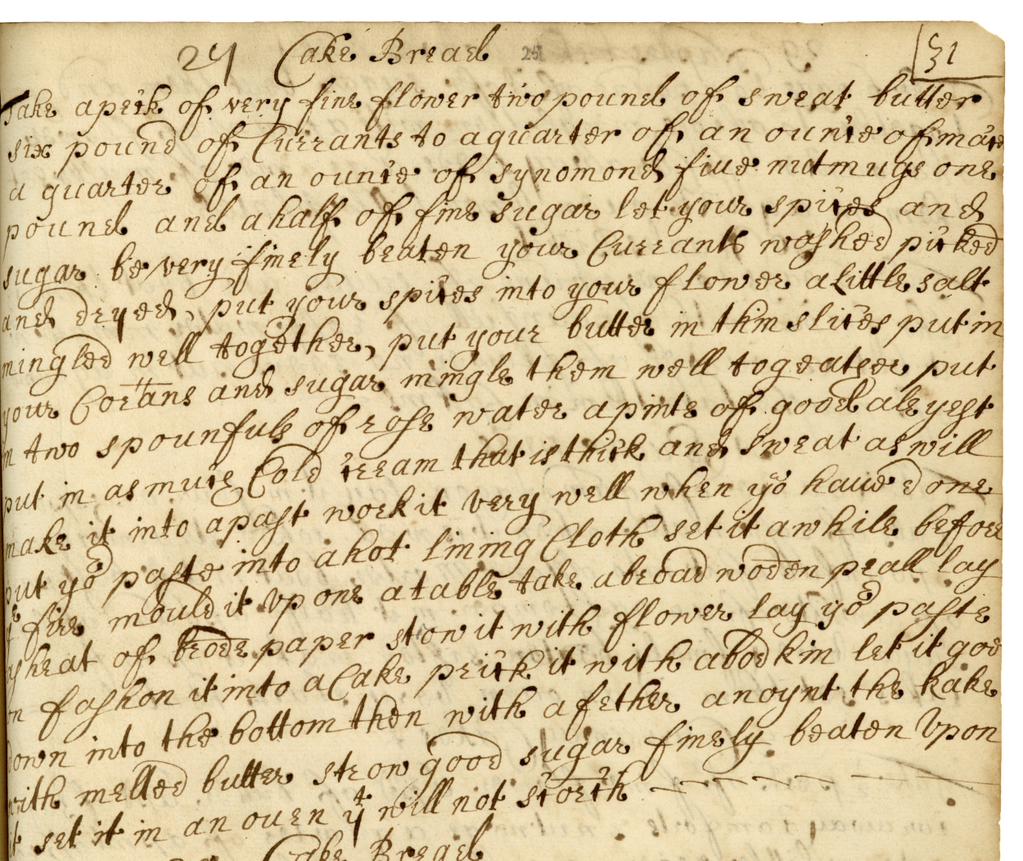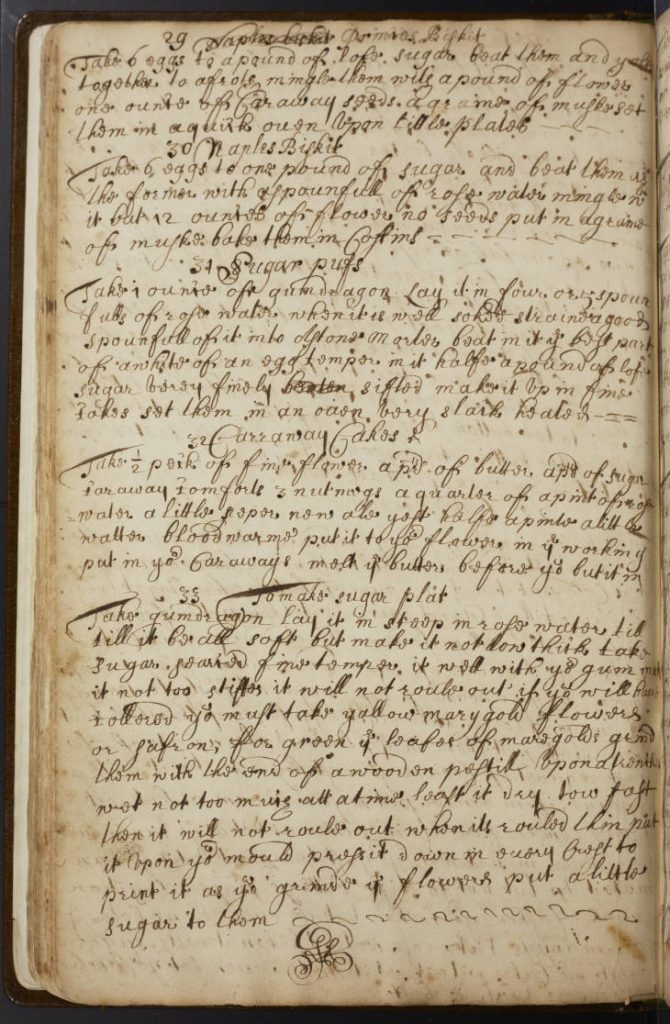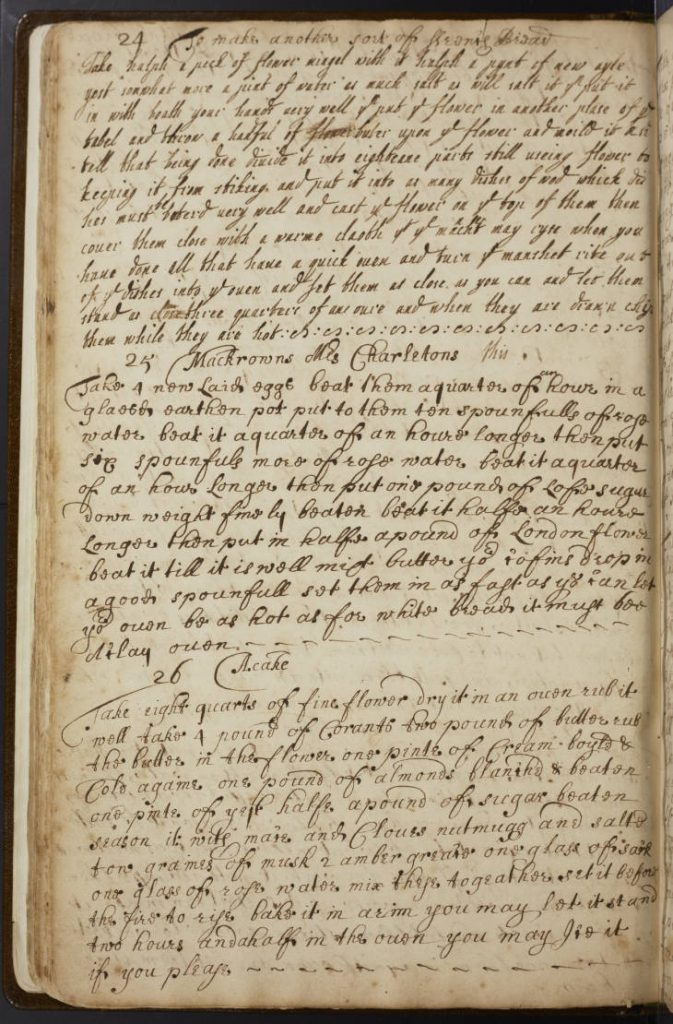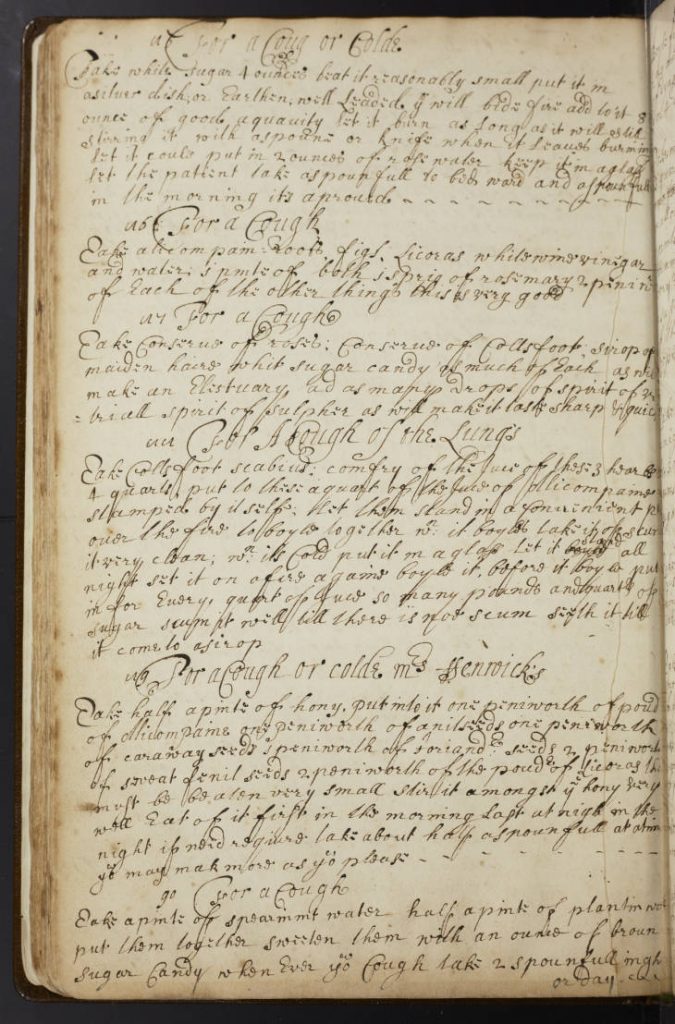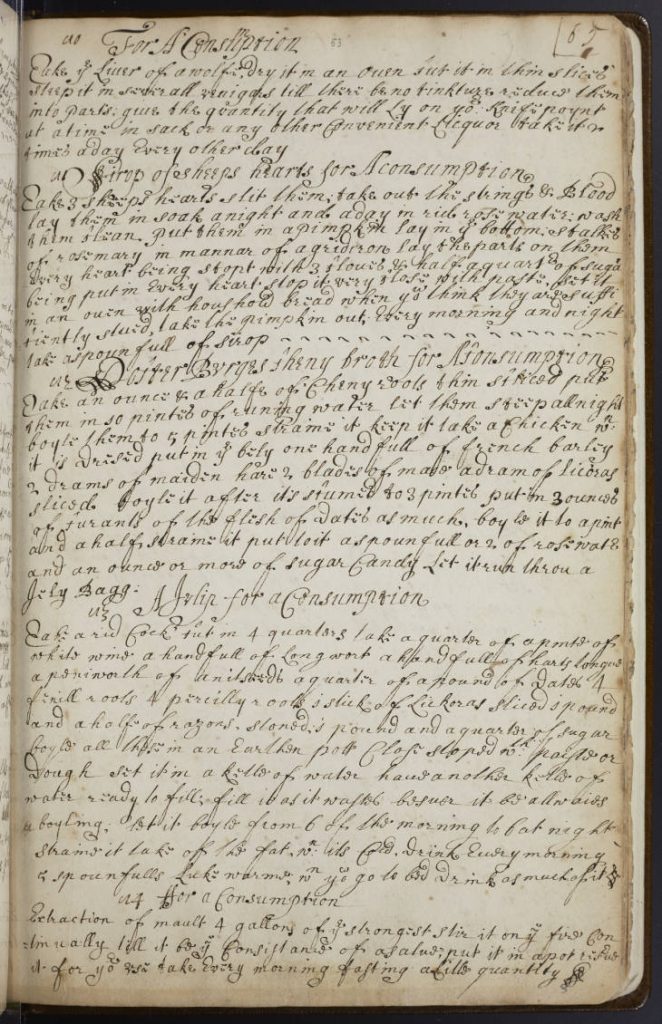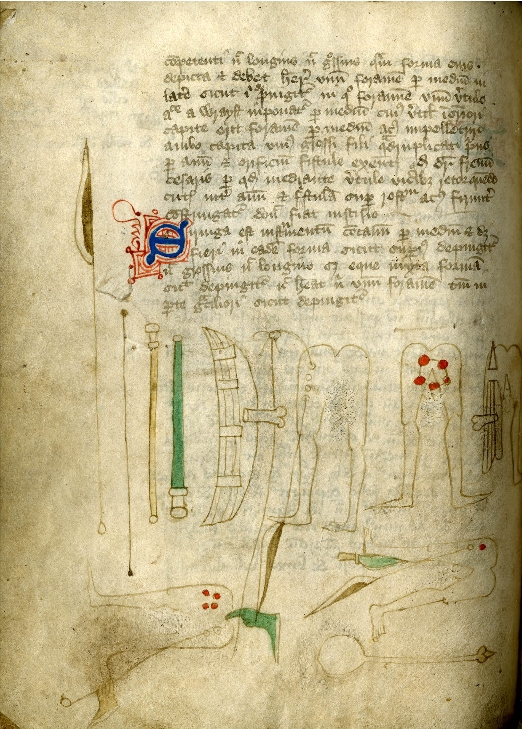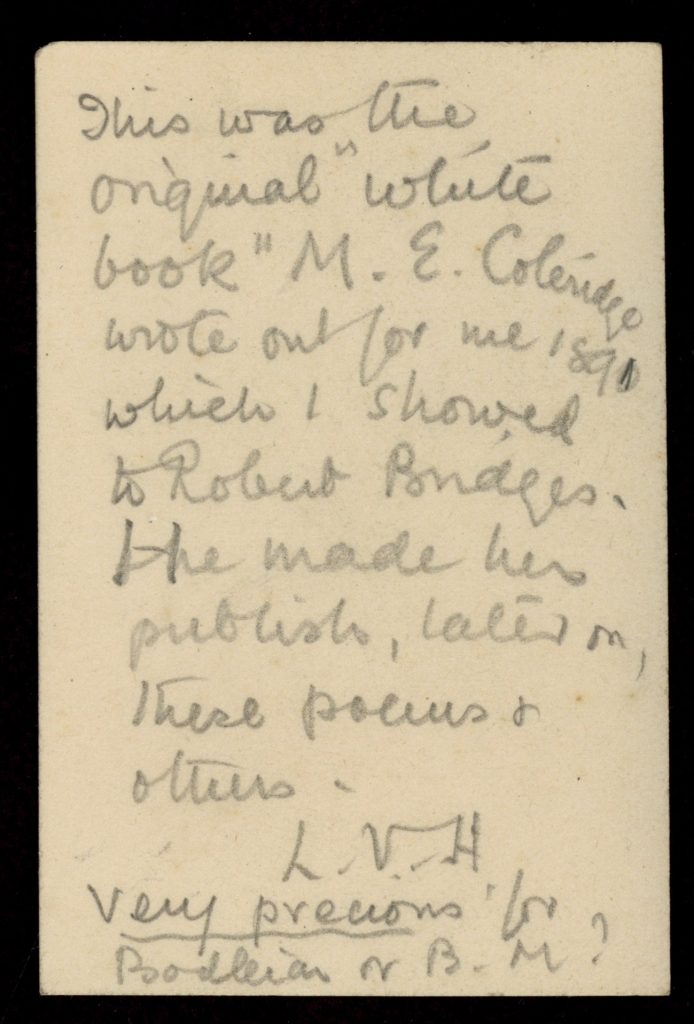
Note written by Lucy Violet Holdsworth to accompany Mary Coleridge’s handwritten collection of poems, later to be published as ‘Fancy’s Following’. (Miscellaneous Manuscripts 56)
Mary Elizabeth Coleridge was born on 23 September 1861, and she grew up surrounded by literary and artistic talent. She was the great-grand-niece of Romantic poet Samuel Taylor Coleridge and her family friends included Alfred, Lord Tennyson, Anthony Trollope, John Ruskin, and Robert Browning. During her lifetime, she became best known for her essays, reviews and her five published novels. These included ‘The King with Two Faces’ which she received the substantial sum of £900 for in 1897.
However, posthumously it is her poetry which has taken centre stage. Our first Treasure of the Month for 2017 is a fair copy of Mary Coleridge’s first poetry collection, ‘Fancy’s Following’, which was handwritten by the poet for her friend, Lucy Violet Holdsworth.
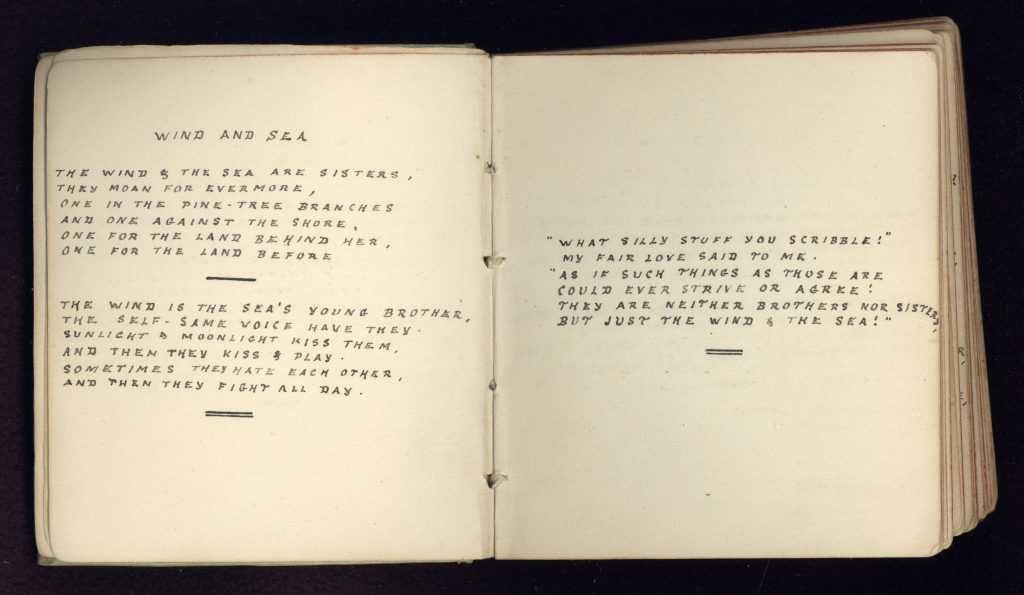
Page taken from Mary Coleridge’s handwritten collection of poems, later to be published as ‘Fancy’s Following’. (Miscellaneous Manuscripts. 56)
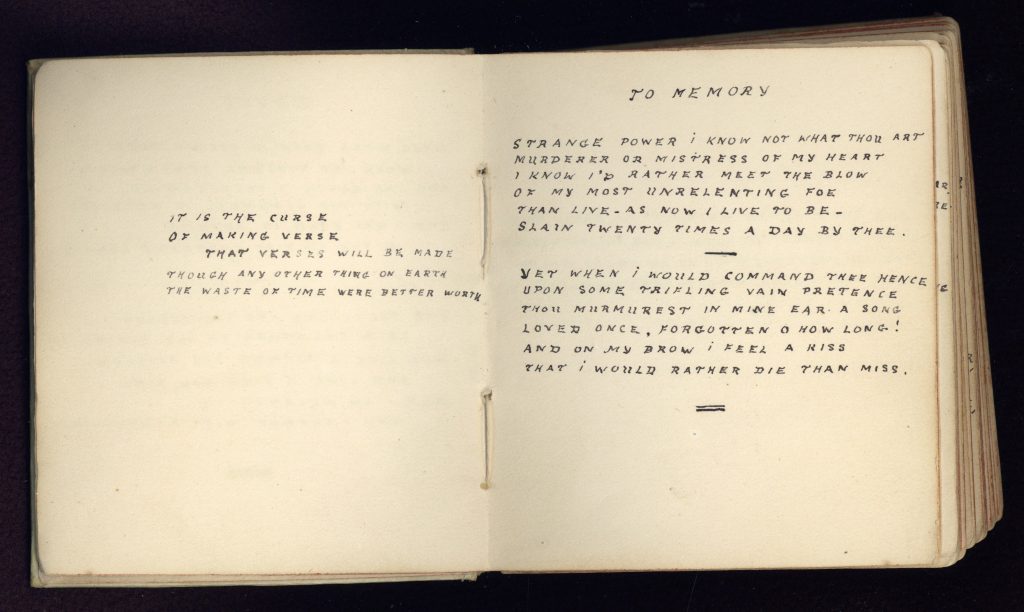
Page taken from Mary Coleridge’s handwritten collection of poems, later to be published as ‘Fancy’s Following’. (Miscellaneous Manuscripts. 56)
The copy was made before it was later issued privately by Daniel Press in 1896, and in fact, it was this small white book which led to the publication. Holdsworth’s cousin, Monica Bridges (nee. Waterhouse) was married to the Robert Seymour Bridges, Britain’s poet laureate from 1913 – 1930. Holdsworth planned for the book to be left out for Bridges to take notice and when he did, he asked to meet Mary to encourage her to publish her work. Coleridge agreed, but with the stipulation that it was published under the pseudonym ‘Anodos’ in order not to disgrace her family name by acknowledging she was the author. It wasn’t until four months after her death in 1907 that a book of two hundred and thirty-seven of her poems was finally published under her real name, and by that time, it proved so popular that it was reprinted four times in just six months.
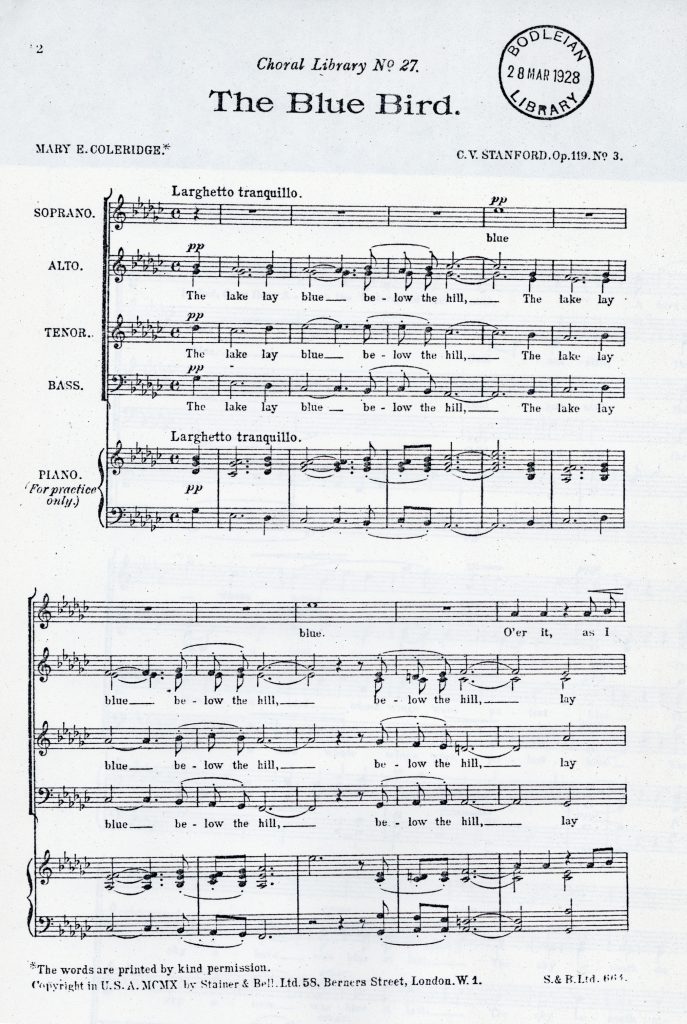
The score for ‘The Blue Bird’, a poem by Mary Coleridge set to Music by Charles Villiers Stanford. (Stanford Collection, Op.119.3.)
‘A Blue Bird’, which appeared in ‘Fancy’s Following’, was one of eight of Mary Coleridge’s poems which was set to music by Charles Villiers Stanford. The score can be found in our Stanford (Charles Villiers) Collection, and you can listen to a performance of it below.

